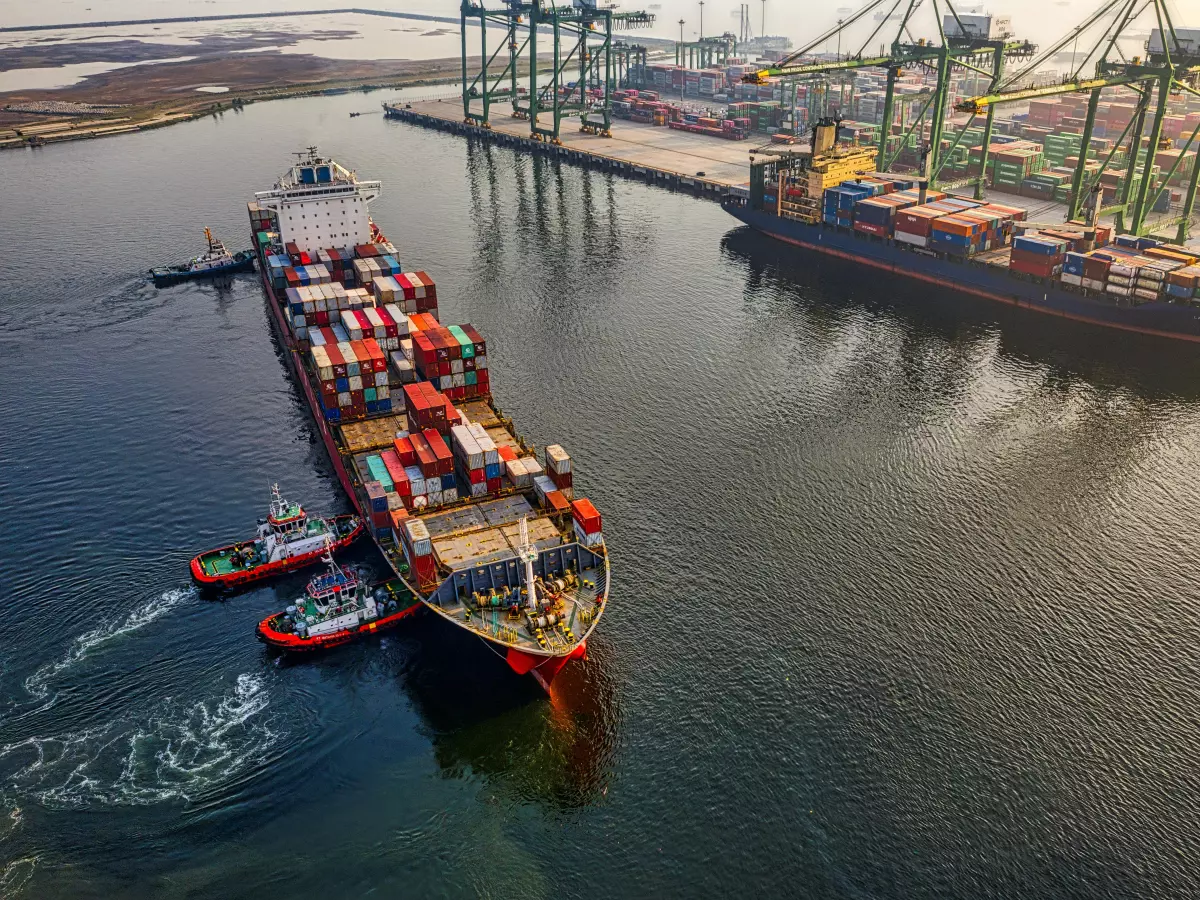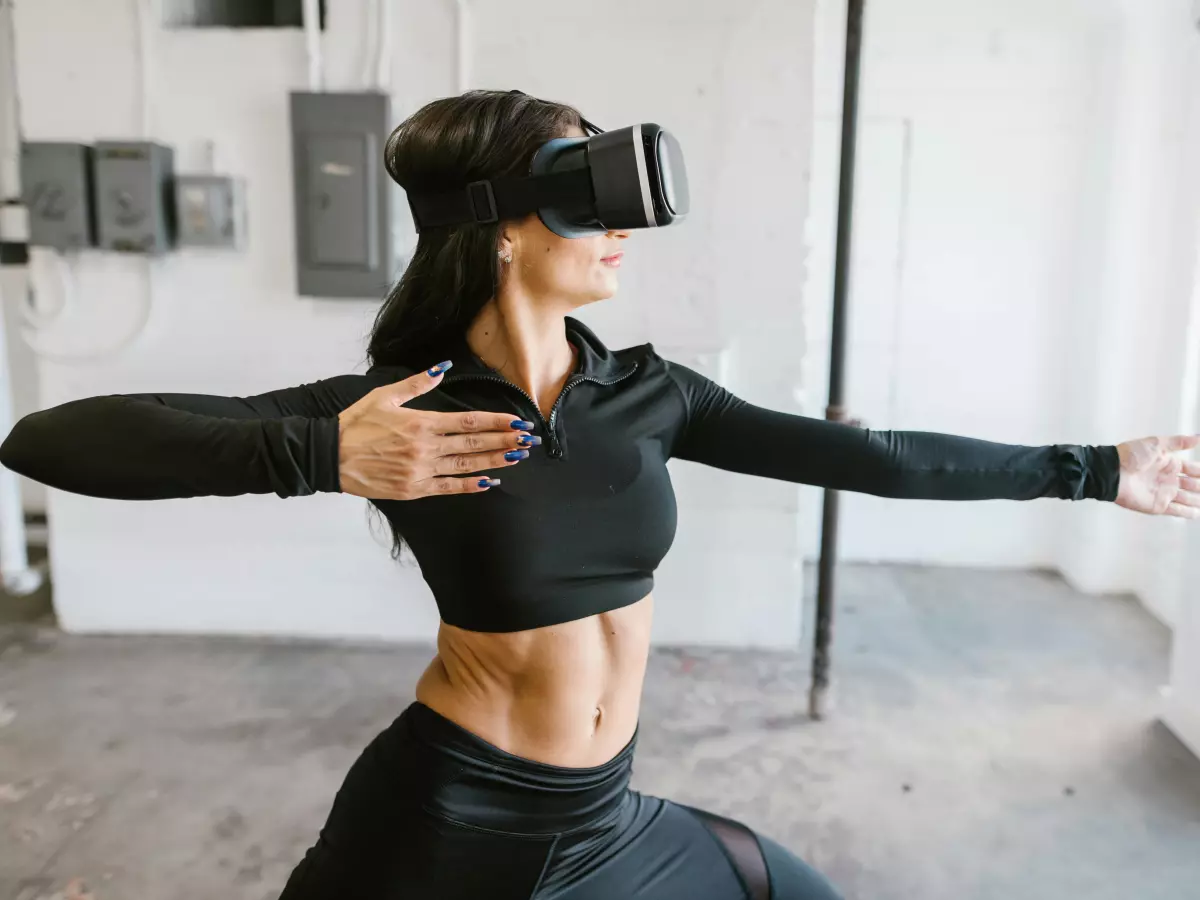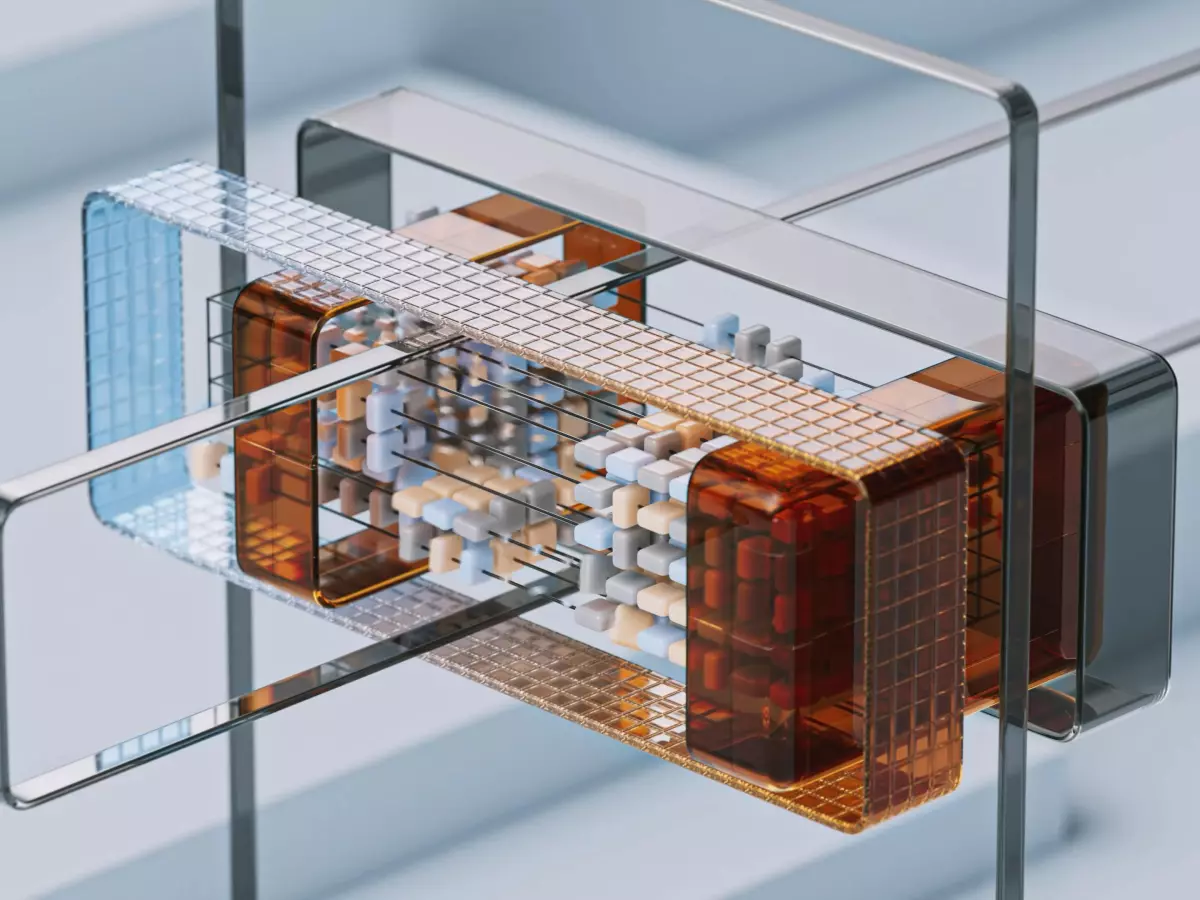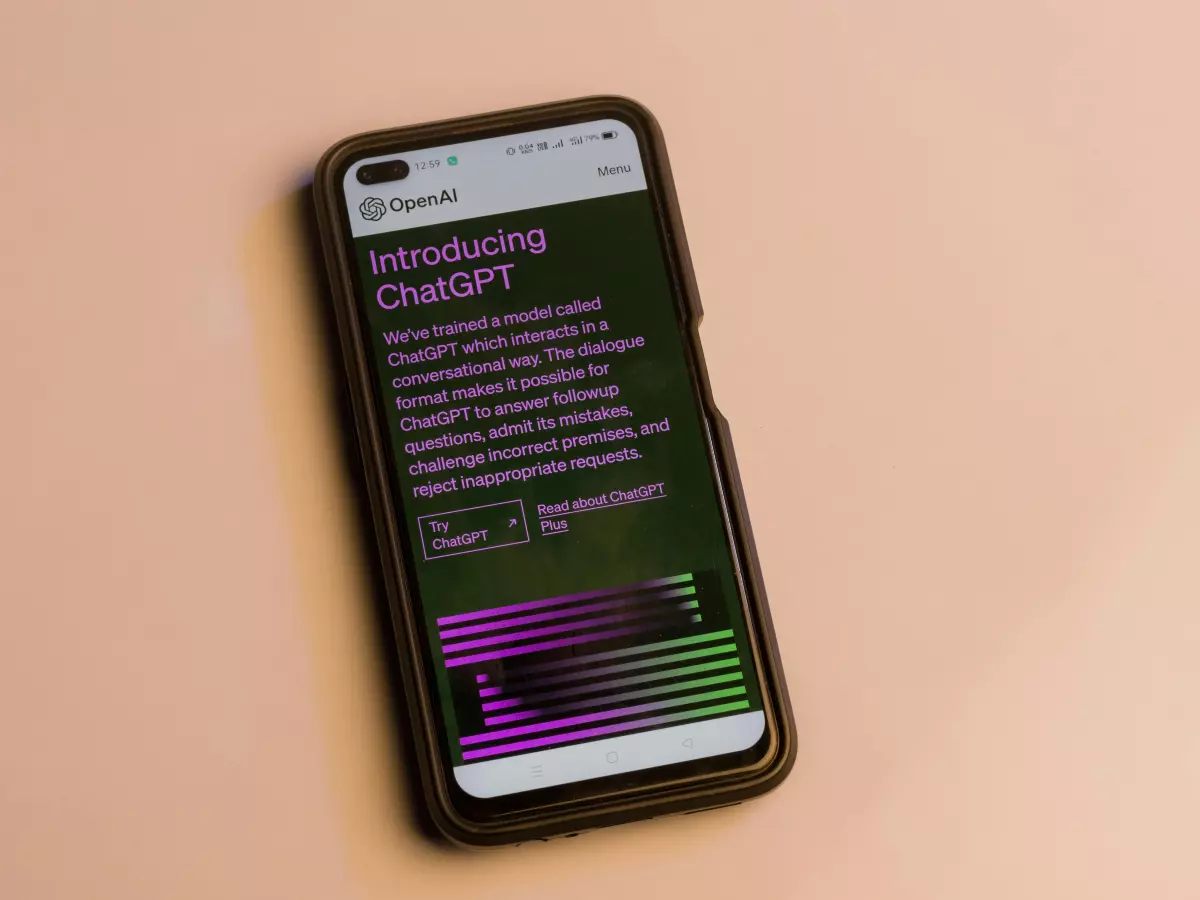AI's Visual Revolution
What happens when AI starts seeing the world better than we do? The future of visual data processing is here, and it's powered by artificial intelligence.

By Priya Mehta
Artificial Intelligence (AI) has been making waves across multiple fields, but nowhere is its impact more profound than in visual sensing and imaging. For decades, we relied on human-designed computational models to process and analyze visual data. But now, thanks to machine learning and neural networks, AI is stepping up to the plate, and it's changing the game.
Think about it—our eyes are incredible, but they have limits. We can only process so much information at a time. Now imagine an AI that can analyze thousands of images in seconds, detect patterns we can't even see, and make decisions based on that data. That's where we're headed, and it's a wild ride.
From Human-Designed Models to AI Mastery
In the past, visual data processing was all about human-designed models. Engineers and scientists would create algorithms to help computers 'see' and interpret images. These models worked, but they were limited by the creativity and knowledge of their human creators.
Enter AI. With machine learning, AI can now train itself to recognize patterns in visual data. Neural networks, inspired by the human brain, allow AI to learn from vast amounts of data and improve its accuracy over time. It's like giving a computer a pair of supercharged eyes.
But it's not just about seeing better. AI can also interpret what it sees in ways that humans can't. For example, AI can detect subtle changes in medical images that might be invisible to the human eye, potentially saving lives by catching diseases earlier.
What Does This Mean for the Future?
So, what does this all mean for the future of AI-powered visual sensing? First off, we're going to see AI being used in more and more industries. Healthcare, security, automotive, and even entertainment are already benefiting from AI's ability to process and analyze visual data faster and more accurately than humans ever could.
In healthcare, AI is being used to analyze medical images, helping doctors diagnose diseases faster and more accurately. In security, AI-powered cameras can detect suspicious behavior in real-time, potentially preventing crimes before they happen. And in the automotive industry, AI is the backbone of self-driving cars, allowing them to 'see' the road and make split-second decisions to avoid accidents.
But it's not all smooth sailing. There are still challenges to overcome. AI systems need massive amounts of data to learn, and that data needs to be accurate and unbiased. If the data is flawed, the AI's conclusions will be too. There's also the issue of privacy—how do we ensure that AI doesn't misuse the vast amounts of visual data it's processing?
Despite these challenges, the future of AI-powered visual sensing looks bright. As AI continues to evolve, we're likely to see even more innovative applications that we can't even imagine yet.
Want to dive deeper into this new paradigm? Check out the full article on EE Times.





